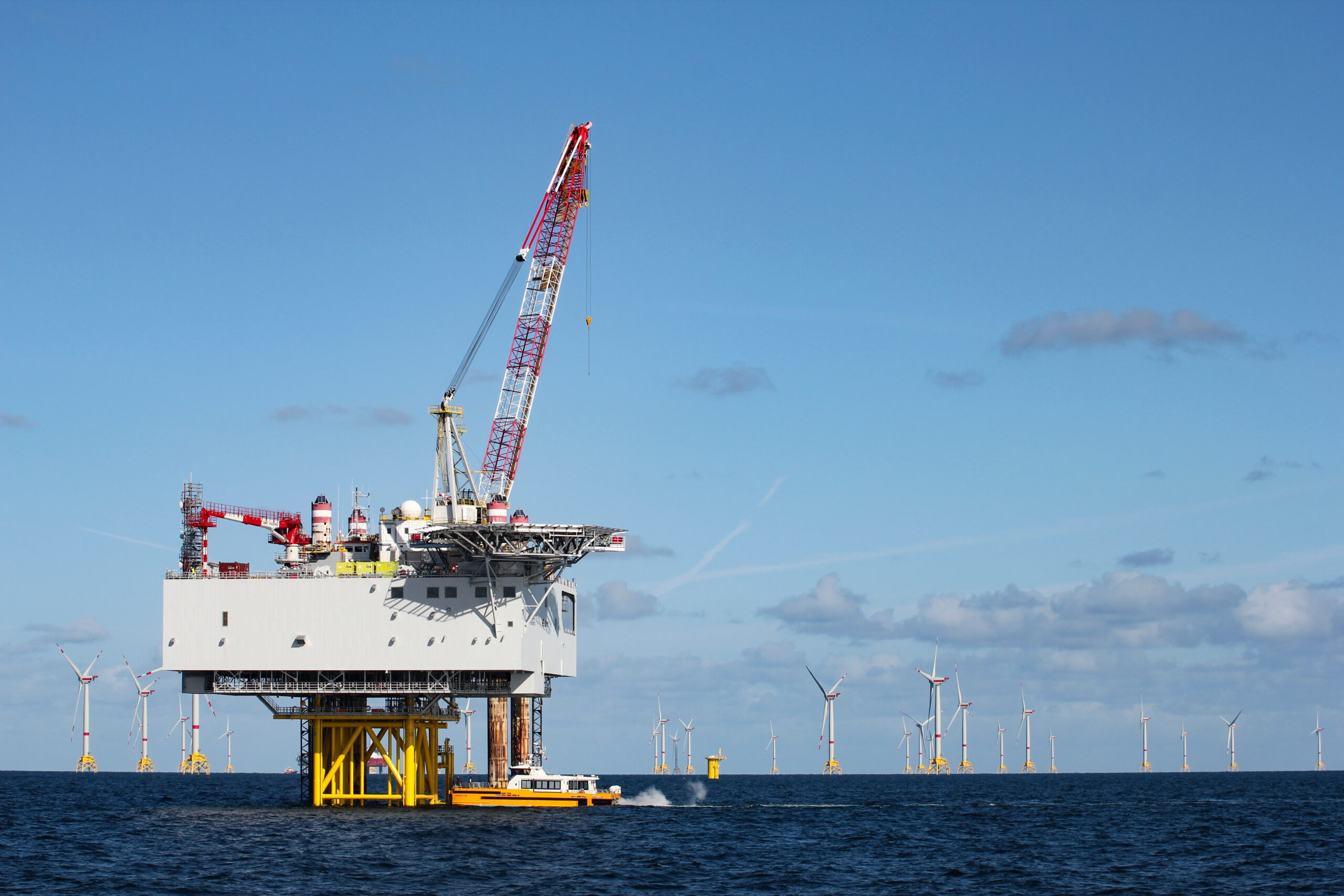The North Sea Transition Authority (NSTA), the UK’s oil and gas regulator, has awarded 31 new hydrocarbon exploration licences as part of the 33rd oil and gas licensing round.
The licences are part of the third tranche of the NSTA’s 33rd oil and gas licensing round, which has awarded a total of 82 licenses to 50 companies. The round has so far licensed exploration activity with the potential to add around 545 million barrels of oil equivalent to 2050. Reports have suggested that two-thirds of the licences overlap with Marine Protected Areas (MPAs).
The announcement of the new licences coincided with a High Court ruling that the UK is not doing enough to meet its targets for cutting greenhouse gas emissions. The licences open the way to find new fields that would extend the life of the North Sea into the 2050s, although the government issues about 100 licences a year, only 2% of which receiving consent for production.
Co-location of offshore wind leases and hydrocarbon licences
The NSTA has introduced a new clause for overlapping oil and gas licences and wind leases for the first time, as the main commercial mechanism for these licences to resolve spatial overlaps. It has identified a number of awards that have direct or very close proximity to some wind farm leases of The Crown Estate and Crown Estate Scotland, and is engaging with the offshore industry on co-location.
A spokesperson for the UK Department for Energy Security & Net Zero (DESNZ) said: “We will continue to need oil and gas over the coming decades as we increase our share of renewables; that’s why we welcome the work by the NSTA and the Crown Estates to facilitate the co-location of wind and oil and gas projects as the offshore space gets busier.”
Dan McGrail, the chief executive of the trade body RenewableUK, said in the Guardian: “Prioritising offshore wind over oil and gas isn’t just the right choice for the planet, but given renewables are the lowest-cost means of generating power, we should be doing this for bill payers.”
Overlapping energy interests isn’t new to the UK continental shelf. A dispute between BP and Orsted over an area of seabed earmarked for both carbon storage (CCS) and offshore wind was rumbling for many years.
Orsted’s Hornsea Four wind project is an area of sea around 40 miles off the Yorkshire coast, while BP is looking to use the Endurance reservoir for CCS initiatives. There were reports of an “impasse” over the use of a so-called Overlap Zone between the two projects before a resolution was eventually reached.
Overlap with Marine Protected Areas
The campaign group Oceana UK said that 21 of the 31 licences issued overlap with MPAs. This follows previous analysis by Uplift that found over a third of the blocks on offer in the 33rd licensing round overlapped with MPAs, covering a wide range of protected features and vulnerable marine ecosystems.
Tessa Khan, executive director of Uplift, said: “This isn’t an energy strategy, it’s a pipedream. This licensing round, first announced under Liz Truss’ government, is likely to result in very little oil and gas reaching the UK.”
Richard Benwell, CEO of Wildlife & Countryside Link, tweeted: ‘Licensing oil & gas in Marine Protected Areas is wholly at odds with promises to protect our ocean & a kick in the teeth for #climatechange mitigation’.
Further information:
The NSTA has said that further consideration is being given to a small number of remaining applications and a few more licences may be offered at a later date.
DESNZ has published the final 33rd Seaward Licensing Round appropriate assessments.
Information on the NSTA licensing rounds can be found here and the statement on the outcome of the third tranche of licences offered in the 33rd round is available here.
